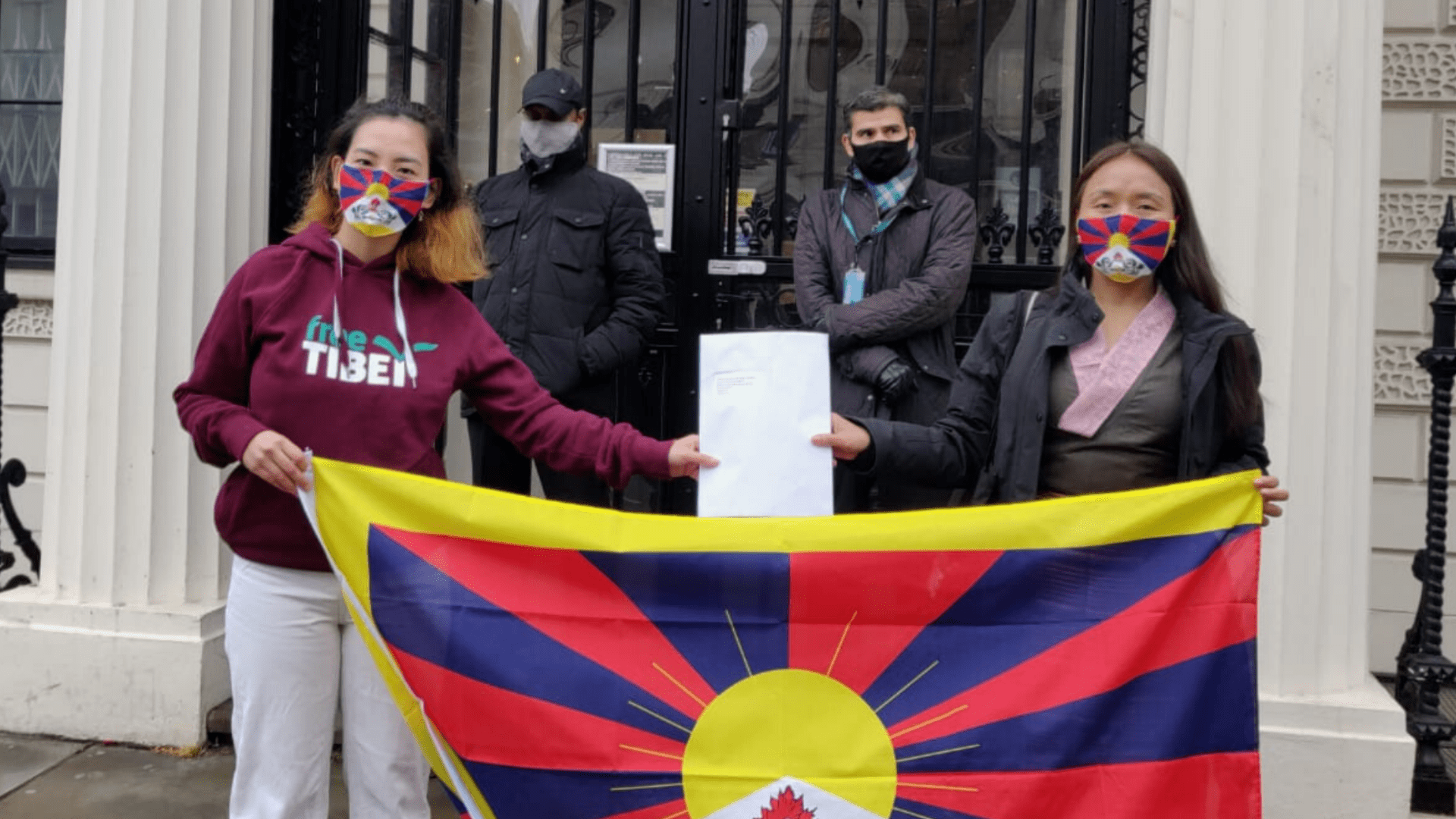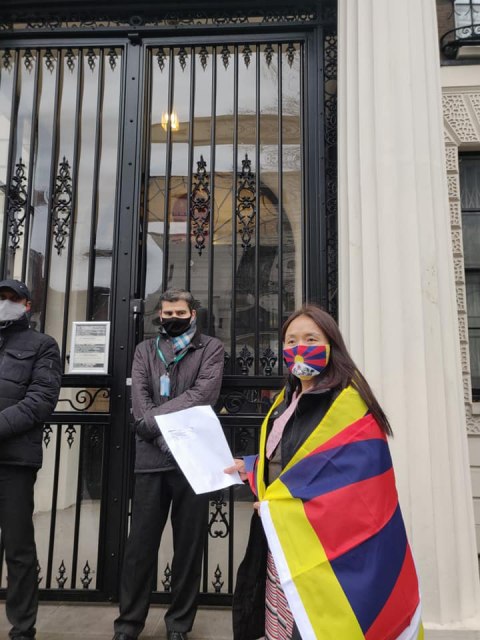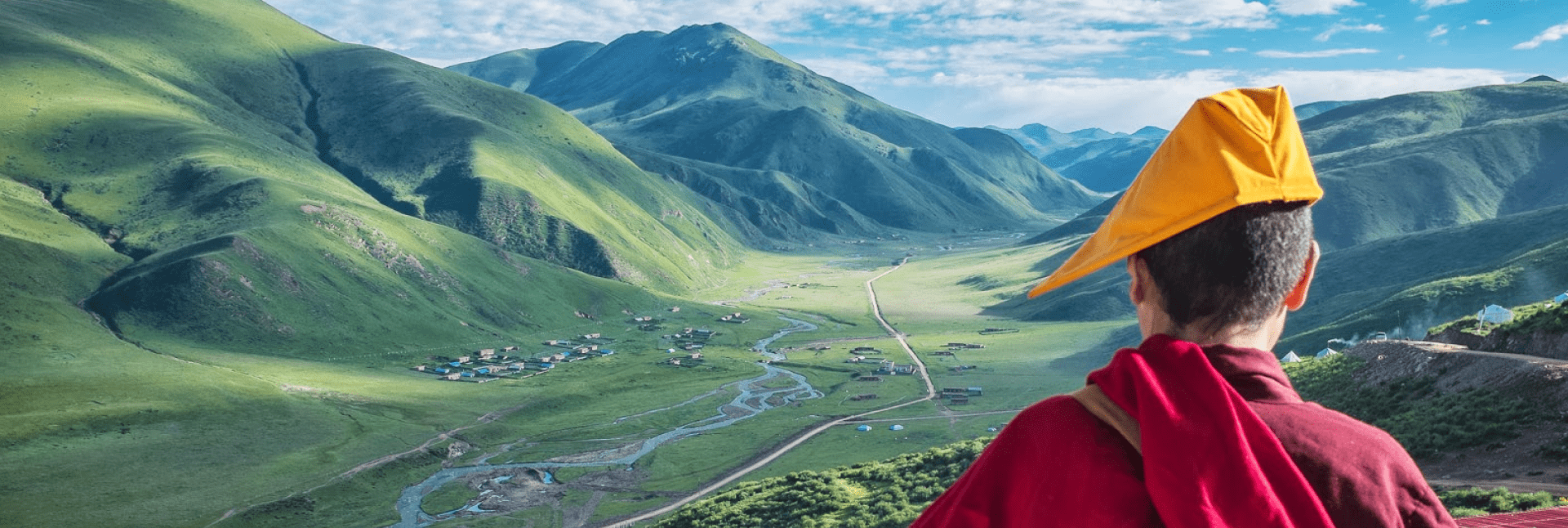
Lessons From 1959
Namgyal from Free Tibet explains the resistance of 1959 and how it gives hope for Tibetans today
“Sum-chu-due-dren“, meaning ‘March 10th Commemoration’ is a term deeply embedded in the Tibetan vocabulary. It is the Tibetan national uprising day. As a Tibetan refugee born in India, the significance of 10th March 1959 cannot be overstated. My mother, then just 10, was forced to flee her home in Tibet. Like my mother, tens of thousands of Tibetans followed in the footsteps of their beloved leader His Holiness the 14th Dalai Lama to escape over the Himalayas to find refuge in neighbouring India.

Namgyal delivering a letter from Free Tibet and the Tibetan community to the Chinese Embassy
What happened in Tibet’s capital city Lhasa on 10 March 1959 is the primary reason why Tibetans, like me, are still in exile today, 62 years on.
On that historic day, hundreds of thousands of Tibetans from all walks of life voluntarily gathered in front of Norbulingka, the summer residence of His Holiness the Dalai Lama, to prevent Him from visiting the nearby Chinese army camp as a guest to a Chinese cultural performance, fearing that once inside the military camp His Holiness would be kidnapped by the Chinese army and later murdered, with several spiritual leaders from eastern Tibet having met a similar fate, as He was instructed to visit the camp without any of his bodyguards.
The crowd got bigger and revolt against the Chinese military occupation began. They asserted their independence. They claimed back their rights to live a life free from the shackles of military occupation. They raised very high the banner of their unique Tibetan identity and rich cultural heritage. Through this courageous act of defiance, Tibetans made a strong statement.
However, the People’s Liberation Army crushed this protest demonstration with excessive use of military force leading to heavy casualties on the Tibetan side. The largely unarmed Tibetans, including women, monks and nuns, were no match to the military firepower of the Chinese army.
Over the years we, the next generation of Tibetans, continue to draw inspiration from this remarkable uprising of 1959 and continue our fight for what is rightfully ours, a free Tibet.
Meanwhile in exile, under the visionary leadership of His Holiness the Dalai Lama, we have a vibrant functioning democratic government in exile, complete with an independent judiciary and free media.
His Holiness the Dalai Lama has said that coming into exile was like a ‘blessing in disguise’ and added that freedom in India helps him to benefit not only the Tibetans but people around the world. He is revered the world over for his compassion, wisdom and humility. As long as he is here to guide us we Tibetans remain hopeful for the future.
Namgyal Tarab, March 2021
Namgyal is Free Tibet’s Finance Officer and part of the Council of the Tibetan Community in the United Kingdom

